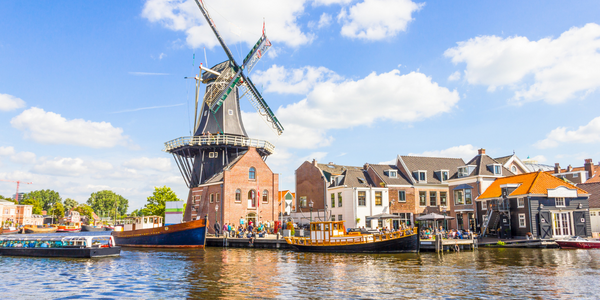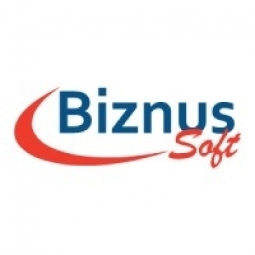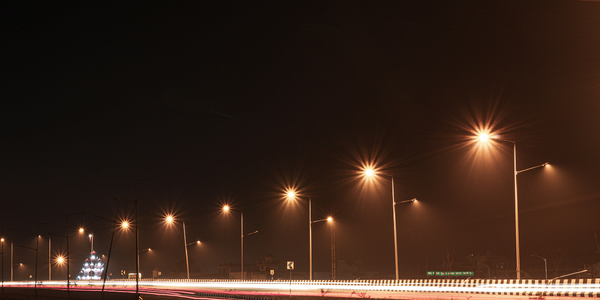Technology Category
- Functional Applications - Inventory Management Systems
Applicable Industries
- Apparel
- Cities & Municipalities
Applicable Functions
- Field Services
- Warehouse & Inventory Management
Use Cases
- Geofencing
- Inventory Management
Services
- System Integration
About The Customer
Bay State Textiles and PR Textile Recycling are companies with a mission to reduce the amount of unwanted textiles going to landfills. They create and implement collection and recycling programs tailored to the needs of schools and communities. With 40 years of experience in the post-consumer textile waste industry, they service nearly 200 municipalities across Massachusetts, Connecticut, and Puerto Rico. Their commitment to environmental sustainability and community service has led to significant growth and expansion, necessitating the need for a robust and efficient operational management system.
The Challenge
Bay State Textiles and PR Textile Recycling, with their 40 years of experience in the post-consumer textile waste industry, were facing a significant challenge in managing their operations. The companies, which service nearly 200 municipalities across Massachusetts, Connecticut, and Puerto Rico, were using traditional tools like clipboards and spreadsheets to track inventory, schedule services, and complete other essential tasks. However, with their recent growth and expansion, these methods became cumbersome and inefficient. An attempt to create a custom software system by hiring a freelance developer was unsuccessful, leaving the project unfinished. The companies needed a robust, efficient, and integrated solution to streamline their operations and improve their service delivery.
The Solution
Bay State and PR Textiles turned to BiznusSoft for their Field Service business solution. The software, built on the robust Salesforce platform, eliminated the need for creating a system from scratch. After several sessions to identify the pain points of both companies, BiznusSoft designed a business solution tailored to their needs. The solution was seamlessly integrated with the companies' Quickbooks system, enhancing their operational efficiency. The new system allowed drivers to capture data in real-time, replacing the old method of manual data collection and entry. The data could then be formulated into professional reports using BiznusSoft. The system also provided office personnel with insights into driver dispatches and routes, enabling efficient allocation of drivers. Geofencing rules ensured driver accountability and compliance. The system also automated the collection reports, capturing weights for each municipality and calculating the eligible rebate.
Operational Impact
Quantitative Benefit

Case Study missing?
Start adding your own!
Register with your work email and create a new case study profile for your business.
Related Case Studies.

Case Study
Fire Alarm System and Remote Monitoring Sytem
Fire alarm systems are essential in providing an early warning in the event of fire. They help to save lives and protect property whilst also fulfilling the needs of insurance companies and government departments.Fire alarm systems typically consist of several inter-linked components, such as smoke detectors, heat detector, carbon monoxide, manual call points, sounders, alarm and buzzer. The fire alarm system should give immediate information in order to prevent the fire spread and protect live and property.To get maximum protection a shoe manufacturer in Indonesia opted for a new fire alarm system to monitor 13 production sites spread over 160 hectars. Although the company had an existing fire alarm system, it could not be monitored remotely.It was essential that the new system would be able to be monitored from a central control room. It needed to be able to connect to the existing smoke detector and manual call point. Information should be easily collected and passed on to the Supervisory Control and Data Acquisition (SCADA) system. Furthermore, the system should have several features such as alarm management, auto reporting, being connected to many client computers without additional cost, and run 24/7 without fails. The company also needed a system which could be implemented without changing the architecture of the existing fire alarm system.

Case Study
Turning A Stadium Into A Smart Building
Honeywell created what it called the “intelligent system” for the National Stadium in Beijing, China, turning the venue for the opening and closing events at the 2008 Summer Olympics into a “smart building.” Designed by highly controversial artist Ai Weiwei, the “Bird’s Nest” remains one of the most impressive feats of stadium architecture in the world. The 250,000 square meter structure housed more than 100,000 athletes and spectators at a time. To accommodate such capacity, China turned to Honeywell’s EBI Integrated Building Management System to create an integrated “intelligent system” for improved building security, safety and energy efficiency.

Case Study
IoT Applications and Upgrades in Textile Plant
At any given time, the textile company’s manufacturing facility has up to 2,000 textile carts in use. These carts are pushed from room to room, carrying materials or semi-finished products. Previously, a paper with a hand-written description was attached to each cart. This traditional method of processing made product tracking extremely difficult. Additionally, making sure that every cart of materials or semi-finished products went to its correct processing work station was also a problem. Therefore, the company desired an intelligent solution for tracking assets at their factories. They also wanted a solution that would help them collect process data so they could improve their manufacturing efficiency.
.png)
Case Study
Smart Street Light Network (Copenhagen)
Key stakeholders are taking a comprehensive approach to rethinking smart city innovation. City leaders have collaborated through partnerships involving government, research institutions and solution providers. The Copenhagen Solutions Lab is one of the leading organizations at the forefront of this movement. By bringing together manufacturers with municipal buyers, the Copenhagen Solutions Lab has catalyzed the development and deployment of next-generation smart city innovations. Copenhagen is leveraging this unique approach to accelerate the implementation of smart city solutions. One of the primary focus areas is LED street lighting.

Case Study
Buoy Status Monitoring with LoRa
The Netherlands are well-known for their inland waterways, canals, sluices and of course port activities. The Dutch Ministry of Infrastructure indicates that there are thousands of buoys and fixed items in and near water environments that would profit from IoT monitoring. One of the problems with buoys for example, is that they get hit by ships and the anchor cable breaks. Without connectivity, it takes quite some time to find out that something has happened with that buoy. Not to mention the costs of renting a boat to go to the buoy to fix it. Another important issue, is that there is no real-time monitoring of the buoys at this moment. Only by physically visiting the object on the water, one gains insight in its status.








